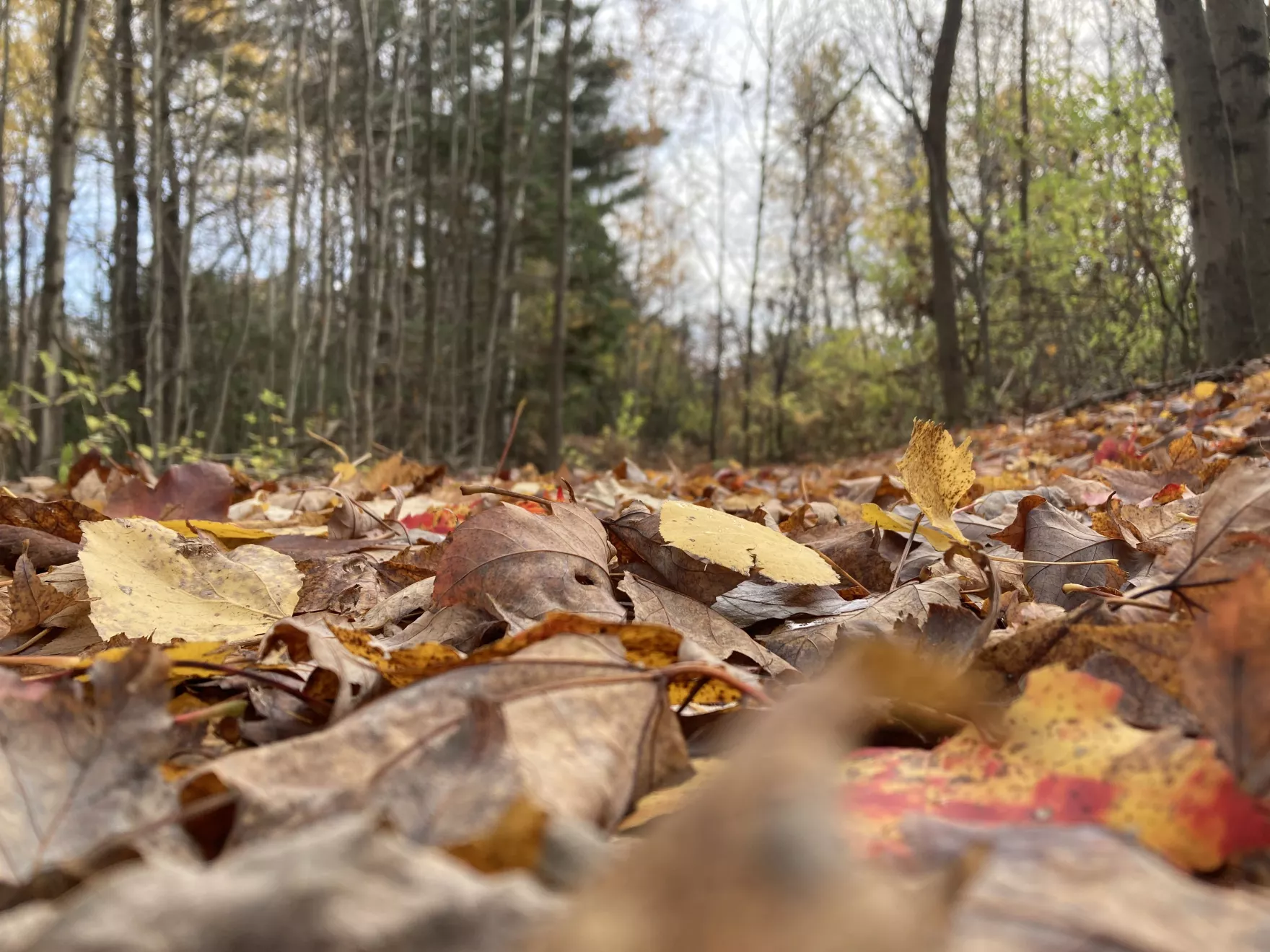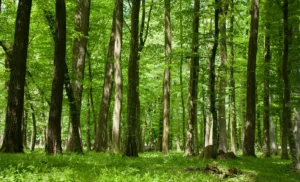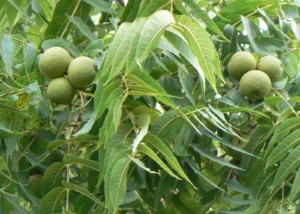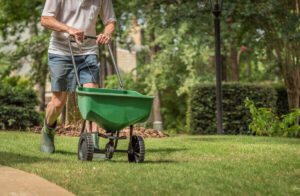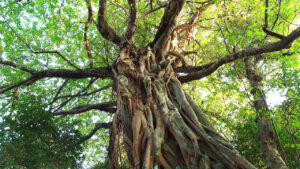Autumn brings a breathtaking transformation to the landscape, painting trees with vibrant hues of red, orange, and yellow. But with this beauty comes a common challenge for homeowners and landscapers: managing fall leaves that don’t free-fall gracefully to the ground. These leaves often cling stubbornly to branches, creating unique complications. Here’s an in-depth guide to effectively handle this seasonal dilemma while keeping your yard healthy and aesthetically pleasing.
Understanding Why Leaves Don’t Fall
Not all leaves descend to the ground in unison. Some trees, like oaks and beech trees, exhibit a phenomenon called marcescence. This occurs when leaves remain attached to branches long after they have died, especially in younger trees or lower branches.
There are several reasons for this phenomenon. One explanation is that retaining dead leaves can shield new buds from harsh winter elements. Another reason is that some trees delay the release of nutrients back into the soil by holding onto their leaves longer. Additionally, environmental factors such as mild autumns or droughts can disrupt the normal leaf-shedding process. Understanding these causes can help you develop a more effective strategy for dealing with persistent leaves.
Tools and Techniques for Managing Stubborn Leaves
Effective leaf management requires proper tools and a strategic approach. Start by ensuring you have essential tools such as telescoping pole pruners, flexible-tine rakes, leaf blowers, and tarps or bags for collection.
For smaller trees, a gentle shake of the branches can encourage leaves to fall without causing damage. A garden hose with moderate pressure can help dislodge leaves stuck due to moisture. In cases where leaves remain attached even after these efforts, pruning dead or diseased branches is a practical solution. Once the leaves do fall, consider shredding them into mulch to enrich your soil, turning a challenge into a benefit for your garden.
Timing Your Efforts
When dealing with stubborn fall leaves, timing is critical. Leaves are more likely to drop after the season’s first frost, as the cold triggers their release. By mid to late fall, most trees will have shed the majority of their leaves, making it easier to identify the persistent ones. If leaves persist through winter, early spring pruning ensures they don’t impede new growth. By aligning your efforts with the natural cycles of the season, you can minimize unnecessary labor and maximize efficiency.
Environmental and Aesthetic Benefits of Proper Leaf Management
Properly handling stubborn fall leaves is not just about maintaining appearances. It also contributes to healthier trees and soil. Removing dead leaves reduces the risk of fungal infections and pests overwintering, while mulched leaves provide a natural source of nutrients that improve soil health.
From an aesthetic perspective, managing leaves ensures a well-kept yard, boosting property value and neighborhood appeal. Additionally, incorporating fallen leaves into your garden design can create beautiful, autumnal displays. A tidy, colorful landscape enhances the overall charm of your property.
Sustainable Disposal and Recycling Options
Once you’ve gathered the leaves, consider eco-friendly disposal methods. Composting is a great way to turn collected leaves into nutrient-rich material for your garden. Many municipalities offer leaf collection services during fall, which can save you time and effort. Alternatively, donating leaves to local gardens or farms for use as mulch or compost promotes sustainability and supports your community. These methods reduce landfill waste and ensure your leaf management efforts are environmentally responsible.
Common Mistakes to Avoid
When tackling persistent fall leaves, it’s important to avoid common pitfalls. Aggressive shaking or pruning can damage tree branches, so always use gentle techniques. Burning leaves might seem like a quick solution, but it releases harmful pollutants and is often prohibited. Lastly, ignoring fallen leaves can lead to suffocated grass and an increased risk of disease. Adopting mindful practices ensures the health of your landscape and compliance with local regulations.
Final Thoughts
Dealing with fall leaves that aren’t free falling can seem daunting, but with the right knowledge, tools, and timing, you can manage the task effectively. By understanding the science behind marcescence, employing proper techniques, and embracing sustainable practices, you’ll not only maintain a healthy yard but also contribute to a greener environment. This fall, take a proactive approach to leaf management and enjoy the rewards of a vibrant, well-kept landscape.
